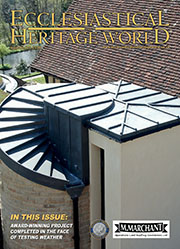Patience is a virtue with some AV installations
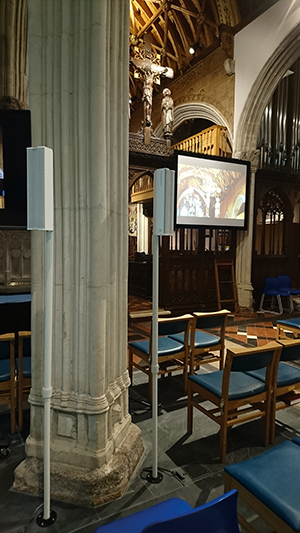 Sometimes it takes a little longer to finish the job, but the end result is worth it. That was the case with the longest-running project to date for AV specialists APi Communications.
Sometimes it takes a little longer to finish the job, but the end result is worth it. That was the case with the longest-running project to date for AV specialists APi Communications.
Back in April 2012 they were approached by St Michael’s Church in Alphington, Exeter, to specify a sound and projection system as part of an upcoming reordering project. That included many other elements such as a new gallery area, offices, removal of the pews and a new floor.
The construction phase of the gallery and offices duly went ahead in 2015 and APi Communications installed the projector and much of the cabling. However, due to an on-going issue over the removal of pews and the replacement flooring, there was a period of two years where the church used a temporary version of the sound system and trolley-mounted screens for the side aisles.
Mr Lead’s legacy gets the key to the door!
 It is hard to believe that it’s 21 years since members and associates of the Lead Contractors Association (LCA) came together to celebrate the announcement of the first Murdoch Award. The award was presented in 1996 in honour of Dick Murdoch – ‘Mr Lead’ – on his retirement. They were founded to mark his tireless efforts and success in raising quality standards in lead-sheet work, part of which led to the founding of the LCA in 1984.
It is hard to believe that it’s 21 years since members and associates of the Lead Contractors Association (LCA) came together to celebrate the announcement of the first Murdoch Award. The award was presented in 1996 in honour of Dick Murdoch – ‘Mr Lead’ – on his retirement. They were founded to mark his tireless efforts and success in raising quality standards in lead-sheet work, part of which led to the founding of the LCA in 1984.
A decade later the Murdoch Sponsor’s Award was added. That featured the smaller installations that used less than five tonnes of lead sheet, but which could be equally demanding of the leadworker’s skills as the larger, more eye-catching projects.
To access all areas, take the aerial route
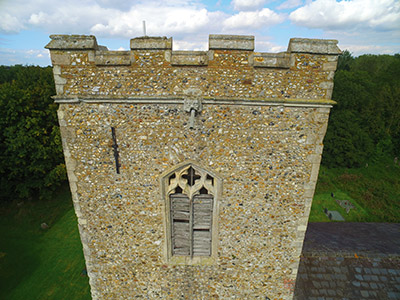 East Anglia is home to some of the most precious ancient churches in England – a good number of which date from the Saxon period. It is no surprise, therefore, that some of the most innovative methods for ensuring their continued good condition are to be found there.
East Anglia is home to some of the most precious ancient churches in England – a good number of which date from the Saxon period. It is no surprise, therefore, that some of the most innovative methods for ensuring their continued good condition are to be found there.
One deployment of modern technology is the use of unmanned aerial vehicles (UAVs), or drones, to overfly sites in need of examination.
Architectural terracotta & faience experts share best practice alongside PM Theresa May
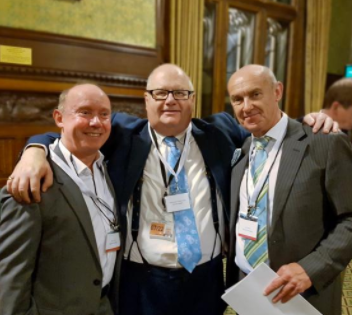 Darwen Terracotta and Faience appears alongside Prime Minister Theresa May in the 2016/17 Parliamentary Review. The company was formed by Jon Wilson and Steve Allen two years ago, saving skilled jobs when another company laid off some employees. Since then the company has gone from strength-to-strength.
Darwen Terracotta and Faience appears alongside Prime Minister Theresa May in the 2016/17 Parliamentary Review. The company was formed by Jon Wilson and Steve Allen two years ago, saving skilled jobs when another company laid off some employees. Since then the company has gone from strength-to-strength.
The Parliamentary Review was established by former minister The Rt Hon David Curry in 2010, and is now a key fixture in the political calendar. Darwen Terracotta features alongside the Prime Minister and other outstanding organisations in a document that looks back on the year in industry and Westminster. The main aim of the Review is to showcase best practice as a learning tool to the public and private sector.
Read more: Architectural terracotta & faience experts share best practice alongside PM Theresa May
Geophysical survey at Bungay Castle
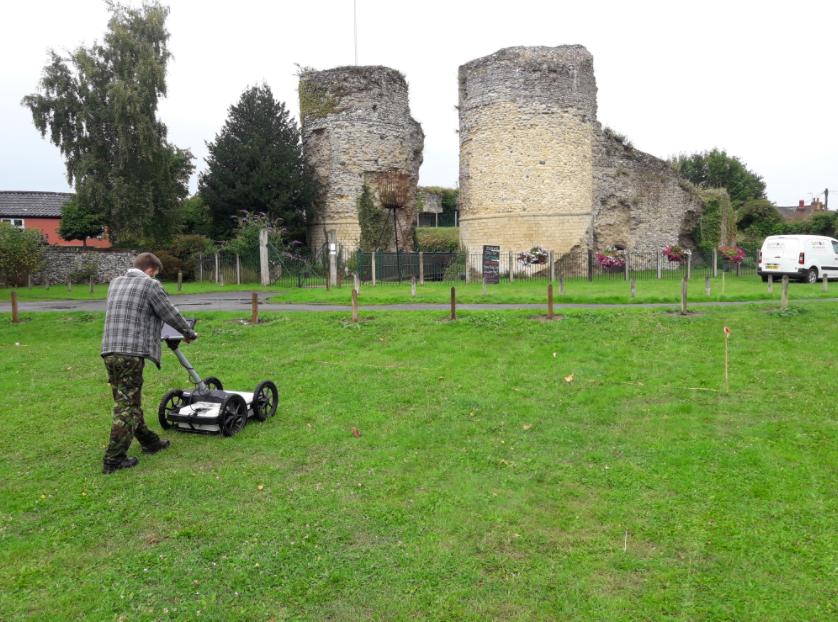 In July and August 2017 Suffolk Archaeology undertook three detailed geophysical surveys within the bailey of Bungay Castle, Bungay, Suffolk at the request of Historic England and the Bungay Castle Trust.
In July and August 2017 Suffolk Archaeology undertook three detailed geophysical surveys within the bailey of Bungay Castle, Bungay, Suffolk at the request of Historic England and the Bungay Castle Trust.
The aim of the project was to identify potential archaeological features or former buildings relating to the occupation of the castle, within a 0.24ha area of lawn, and to compare the results from modern equipment with those from a previous geophysical survey carried out in 1990.
Protection against pigeons - and other pest birds
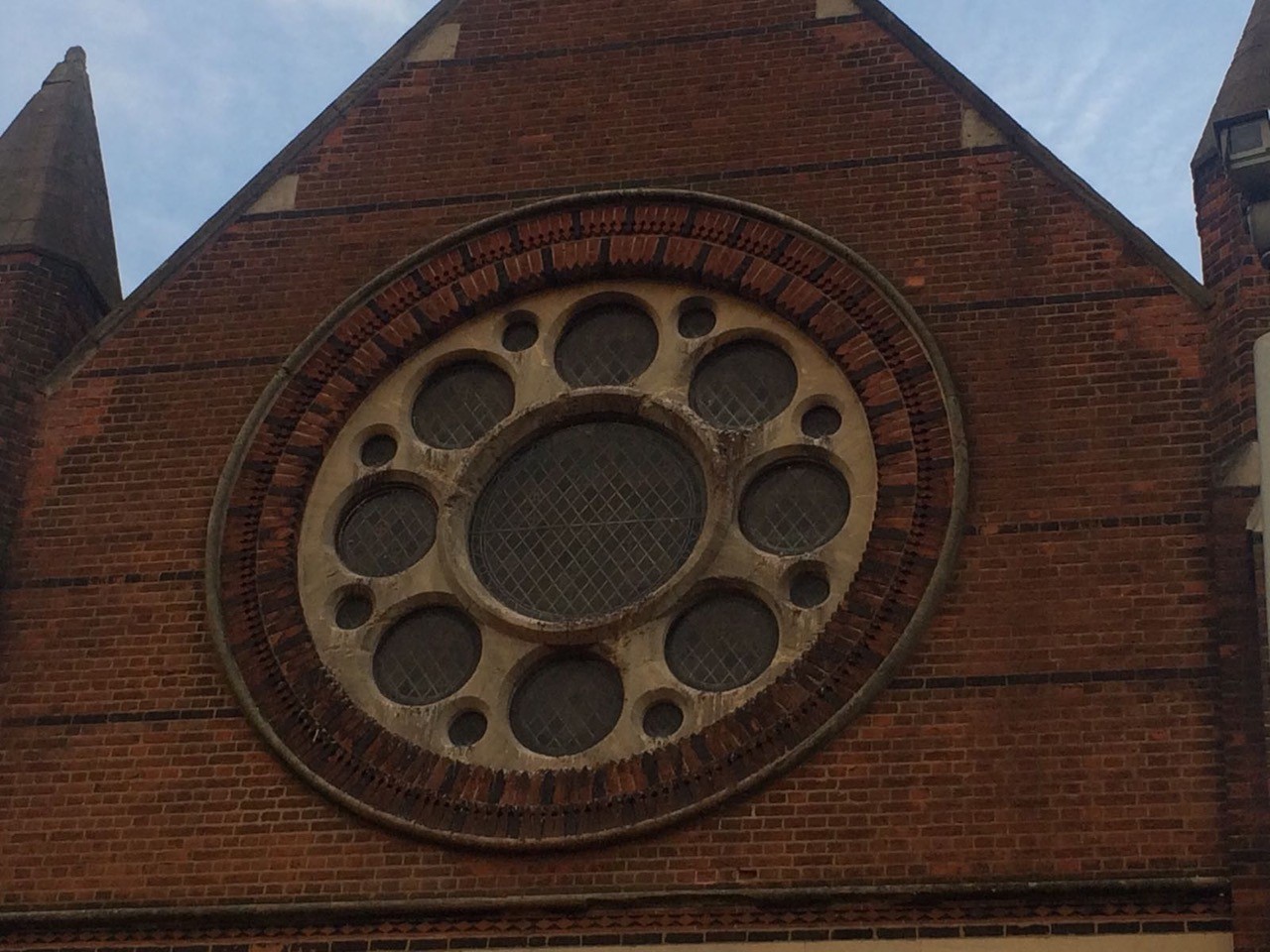 Pigeons were roosting within the circular windows of this property in Sutton - the first photo shows where they left fouling marks - and so the owners called in London-based Microbee Bird Control Ltd who are specialists in a wide variety of bird control systems.
Pigeons were roosting within the circular windows of this property in Sutton - the first photo shows where they left fouling marks - and so the owners called in London-based Microbee Bird Control Ltd who are specialists in a wide variety of bird control systems.
The first job was to clean and sterilise the affected area and then a net was fitted to cover the whole circle. They also installed anti perching wire to the ledges of the windows below this - the second photo shows the finished work.
The company offer such protection for a wide range of properties, including churches and heritage buildings.
Read more: Protection against pigeons - and other pest birds
Murdoch winner 2017 keeps the roof watertight for Sotheby's
 The LCA has held awards for best work from its members for the last 21 years. The Murdoch Sponsors Award was added some ten years ago for the smaller installations that used less than five tonnes of lead sheet, but which could be equally as demanding of the leadworker’s skills as the larger, more eye-catching projects.
The LCA has held awards for best work from its members for the last 21 years. The Murdoch Sponsors Award was added some ten years ago for the smaller installations that used less than five tonnes of lead sheet, but which could be equally as demanding of the leadworker’s skills as the larger, more eye-catching projects.
Read more: Murdoch winner 2017 keeps the roof watertight for Sotheby's
Michael Palin warns of pest threat to churches
 Michael Palin is supporting the future of the UK’s historic churches and chapels with a voiceover for a new animated film.
Michael Palin is supporting the future of the UK’s historic churches and chapels with a voiceover for a new animated film.
The 80 second animation, produced for the National Churches Trust, highlights why churches are some of the nation’s best loved buildings.
It also shows some of the dangers facing church buildings. These include leaking roofs, crumbling stonework and the dreaded Deathwatch Beetle, Xestobium rufovillosum.
Dernier & Hamlyn’s lesson in heritage lighting for world renowned College
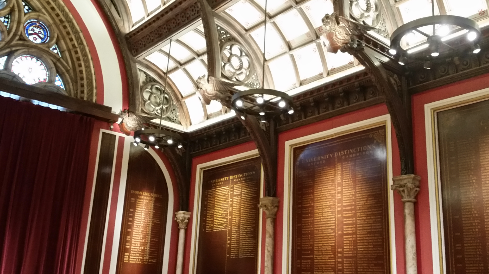 Dulwich College in south London was established in the 17th Century and is famous not only for its superlative academic provision, but also for its historic buildings including the impressive Great Hall. The Hall is the centrepiece of the school community and was designed around 1870 by Charles Barry, whose father designed the Houses of Parliament.
Dulwich College in south London was established in the 17th Century and is famous not only for its superlative academic provision, but also for its historic buildings including the impressive Great Hall. The Hall is the centrepiece of the school community and was designed around 1870 by Charles Barry, whose father designed the Houses of Parliament.
Recently Dulwich College’s COO Simon Yiend led an initiative to reimagine the lighting design in the Great Hall to help to restore its original perspective. This included making this spectacular room’s lighting more appropriate to its heritage and also more efficient. Bespoke lighting specialist Dernier & Hamlyn was asked to utilise the knowledge its engineers and craftsmen have built up over many years to propose an appropriate solution. They advised installing the light fittings on rods that were attached to the ceiling at the same points as Barry’s gas lights to minimise the effect on the building’s structure while optimising lighting levels.
Read more: Dernier & Hamlyn’s lesson in heritage lighting for world renowned College
Time and the conservation of paintings - by Francis Downing
 Ironically, few things today are changing as rapidly as our views on conservation. According to the European Confederation of Conservator-Restorers' Organisations 'conservation consists mainly of direct action carried out on cultural heritage with the aim of stabilising condition and retarding further deterioration'. 'Active' or 'hands on' conservation is commonly used to describe what is, in reality, a form of restoration.
Ironically, few things today are changing as rapidly as our views on conservation. According to the European Confederation of Conservator-Restorers' Organisations 'conservation consists mainly of direct action carried out on cultural heritage with the aim of stabilising condition and retarding further deterioration'. 'Active' or 'hands on' conservation is commonly used to describe what is, in reality, a form of restoration.
Read more: Time and the conservation of paintings - by Francis Downing
Are you considering improved lighting? Discuss the options with Anthony J Smith (Glos) Ltd
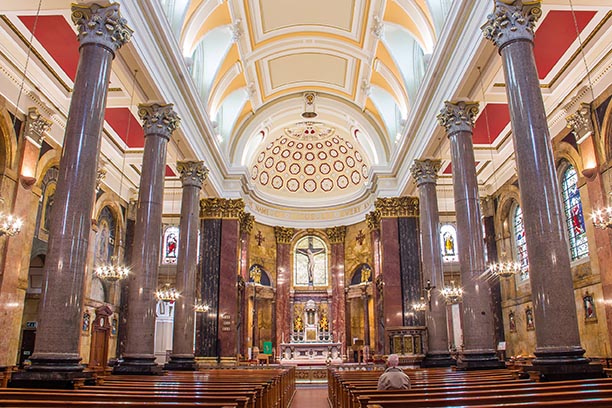 St Wilfrid’s RC Parish Church in Preston city centre is a Grade Two*-listed Jesuit church which draws a substantial number of worshippers throughout the week. It is basilican in form and Italianate in style, with a particularly ornate and impressive interior carried out in exotic materials.
St Wilfrid’s RC Parish Church in Preston city centre is a Grade Two*-listed Jesuit church which draws a substantial number of worshippers throughout the week. It is basilican in form and Italianate in style, with a particularly ornate and impressive interior carried out in exotic materials.
Frank Roberts of Preston-based Francis Roberts Architects said of the interior: “Ranks of giant columns of polished Shap granite, topped with gilded composite capitals, define the nave, which terminates in a semi-domed and coffered apse. The aisle walls are lined in rich marbles and mosaics and there is an impressive display of stained glass.”
Last summer the church embarked on a project to install a new lighting system and redecorate the interior, under the direction of Francis Roberts Architects.
Icynene spray foam insulation for new Baptist Church in Dumfries
 Designers of a new community Baptist Church, nearing completion in Dumfries, turned to spray applied insulation specialists, Icynene to solve a complex insulation challenge.
Designers of a new community Baptist Church, nearing completion in Dumfries, turned to spray applied insulation specialists, Icynene to solve a complex insulation challenge.
The new Church is a 2000sqm, multi-purpose building designed by Glasgow based, McLean Architects and built in the Georgetown district of Dumfries in the Scottish Borders.
The building was conceived as a flexible-use community hub comprising worship, conference and youth facilities together a full specification games hall and multi-use games area.
For the games hall, McLean Architects designed an 18.00x 18.00 m sq 8.00m high structure comprising a 140mm thick internal leaf of concrete blockwork with an external steel frame, supporting fibre-cement rain-screen cladding.
Read more: Icynene spray foam insulation for new Baptist Church in Dumfries
Advancing architectural ironmongery
 The Guild of Architectural Ironmongers (GAI) is the only trade body in the UK that represents the interests of the whole architectural ironmongery industry - architectural ironmongers, wholesalers and manufacturers.
The Guild of Architectural Ironmongers (GAI) is the only trade body in the UK that represents the interests of the whole architectural ironmongery industry - architectural ironmongers, wholesalers and manufacturers.
Its reputation is built on three key areas: education, technical support and community. Its qualification, education and CPD programmes are widely respected in the UK and overseas, including GCC and Hong Kong.









